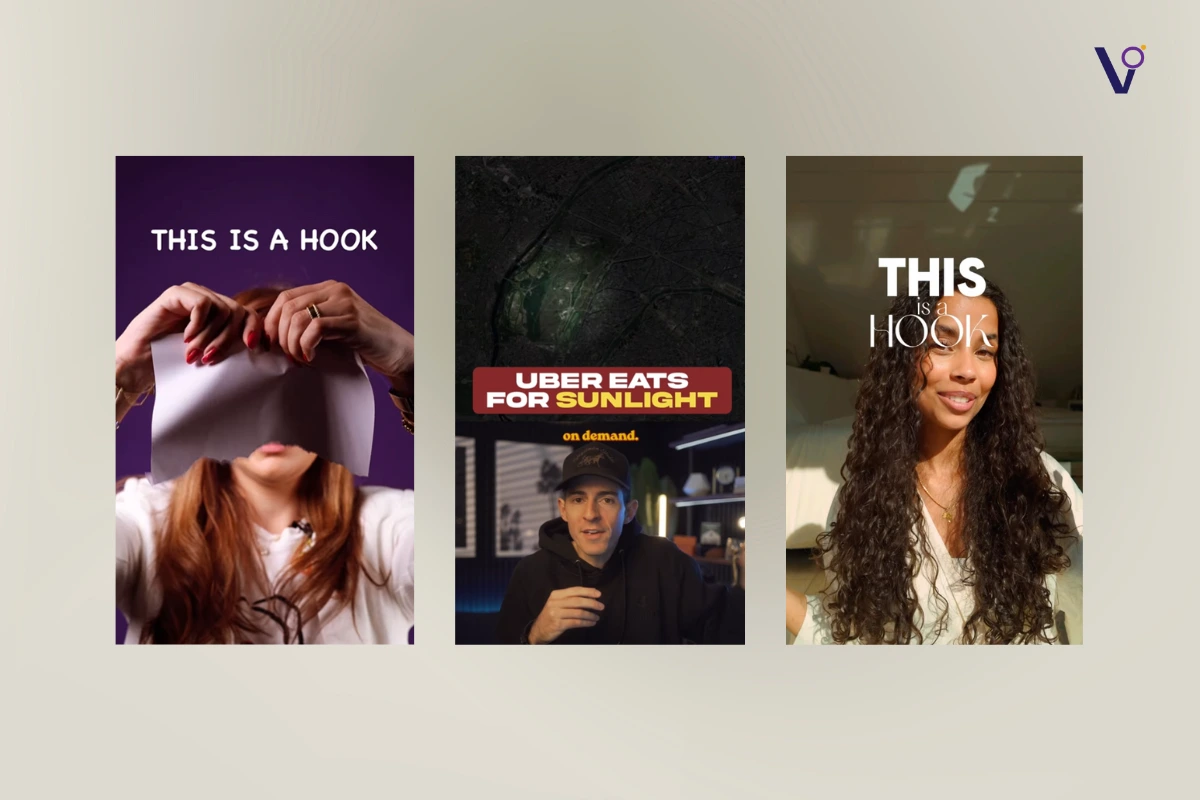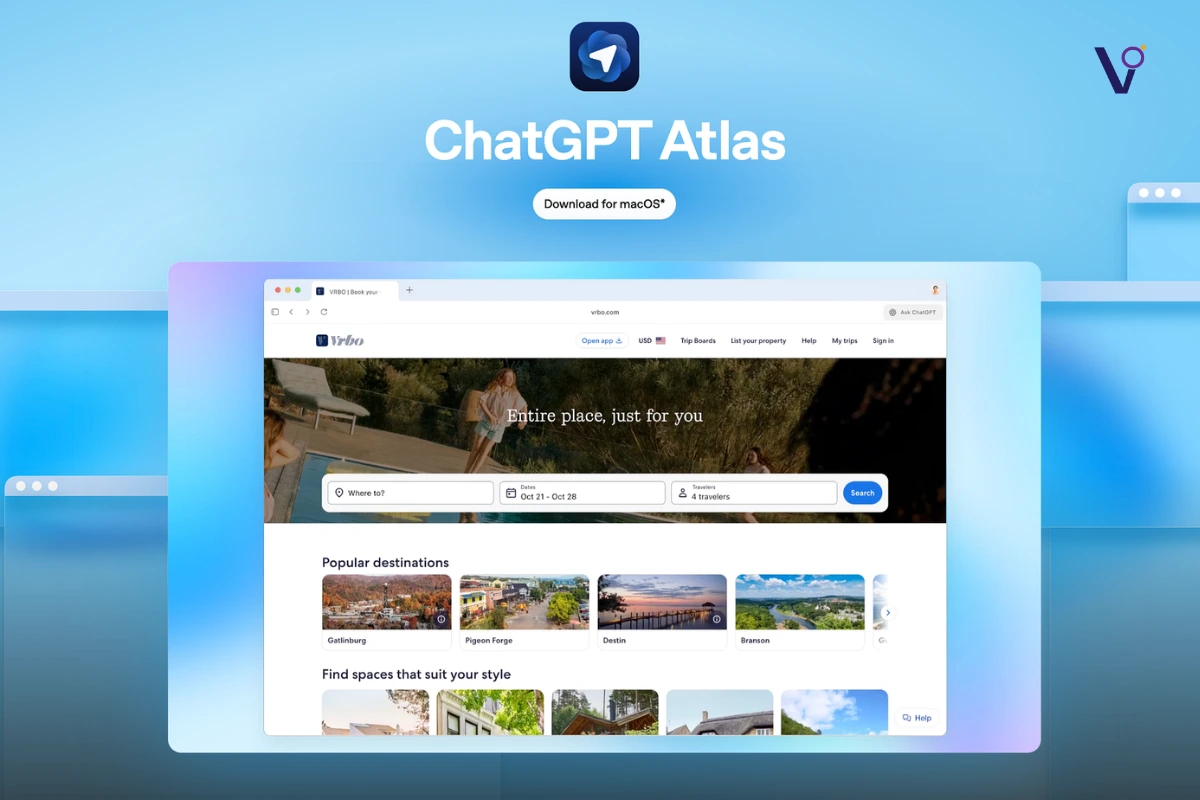Today we are going to talk about hook ideas. If you’d like your videos to do better, you need to create better hooks. But here is the thing. We are not going to give you a list of 25 proven viral hooks because that is not what you need. What you need is to understand the psychology behind why those hooks worked and then the tactics for how to use that psychology in your own content. These are going to be the six best hook ideas you will ever need. If you do all of these, we guarantee your videos will perform better.
Three-Step Hook Formula
Imagine you’re cruising down the highway in your car at 70 mph. We need you to see something, stop, turn around, and come back the other way. How do you get you to be doing that? You get you to be doing that by creating a curiosity loop. You need the viewer to watch the first line and feel so compelled that they can’t dream of doing anything else but watching the second line, then the third line, and so on. This domino effect is the curiosity loop. Now the question is, how do we do that in just three or four seconds? It has three steps.
Step 1: The Context Lean In
The first one or two lines must accomplish two things. First, be super clear about what the video is about. This is topic clarity. You, the viewer, need to decide if you want to watch or not based on your interest. If we’re talking about investing and you don’t care about investing, we don’t want to trick you into watching the video — you’re not our target audience. But if you do care, we want to signal that to you as soon as possible. So we provide instantaneous context regarding the subject.
Second, we get you leaning in — what we call context lean. The more you lean in, the more curious you get. Some of the ways you can get someone to lean in are to find common ground, cite a gain or point of pain, use a metaphor to make something complicated simple, or share. You want people to feel connected and like what you’re talking about relates to them.
Example of Context Lean In: The Sphere Video
Let’s go through an example. This Sphere video, got 8 million views. Just watch the first two lines: “The tech in the Vegas Sphere is insane. Biggest screen ever built, 20 times bigger than an IMAX.” Right away, we tell you exactly what the context of the video is – the Sphere and the tech inside. We get you to lean in by talking about the screen and referencing how much bigger it is than an IMAX, something you may already know. Now this is taking the show-you-something-interesting route to blow your mind. Of course, not everyone is going to be interested in this video, but if you have heard about the Sphere or care about tech in venues, you are going to be leaning in.
Step 2: The Scroll Stop Interjection
Step two is what we call the scroll stop interjection. This is a single line meant to act like a stun gun. We need you to start leaning in, then immediately stop being able to move forward, like you ran into a window. The best way to do this in practice is by using a contrasting word. We like to use the word but, but you could also use however, yet, although, therefore, on the other hand, and similar words. This is just a setup line for the haymaker that comes in step three. In order for viewers to accept the haymaker, you need to stun them first.
Back to the Sphere example. When Kallaway declared, “The tech inside the Vegas Sphere is insane. Biggest screen ever built, 20 times bigger than an IMAX, but get this, the screen is actually the least impressive part of the whole thing.” At this point, he has you stunned. He first established context and got you leaning in about how interesting the Sphere is, talking about the tech and the screen, but then stunned you by saying the screen is the least impressive part.
Step 3: Getting You to Turn Around
By now, you’ve metaphorically hit the brakes and exited the highway. But the real move is getting you to turn around. That’s where this step kicks in.
Here’s exactly what I did:
When earlier in the blog we used thid line:
“What you need is to understand the psychology behind why those hooks worked and then the tactics for how to use that psychology in your own content.” And that’s what we call a contrarian Snapback.
Why does this work so well? Because:
- Everyone’s heard the word psychology. Even if you’ve never taken a class, it feels like one of those words that hints at deeper, insider knowledge.
- When you hear it positioned like that, a small voice in your head goes, “Wait… there’s something to this. Maybe this isn’t the same recycled advice I always get.”
- It immediately shifts you away from conventional hook templates and pulls you into a new frame — the psychology frame — where things feel fresher and more insightful.
Now, there’s a classic technique at play here:
- If you want to get X, don’t do Y — do Z.
- The audience wants X badly enough, so they’re naturally curious about what Z is.
But here’s the catch:
- Z has to actually be good.
If it’s weak, people leave. They bounce, and you lose them. The formula only works when the payoff is real.
The best part?
This formula isn’t limited to video hooks. It works:
- In conversations
- In pitches
- In content
- Literally everywhere you need to get attention and flip perspectives
It’s base psychology.
Context lean → scroll stop interjection → contrarian Snapback.
That’s the move.
6 Ways to Improve Your Hook Ideas Immediately
So, here are the six best ways to improve your hook ideas immediately:
- Be clear about your topic early. Give context so viewers know if they want to watch.
- Make viewers lean in by referencing benefits, pain points, or mind-blowing facts.
- Use a contrasting word like but or however to stop scrolling.
- Deliver a surprising haymaker that makes viewers want to see more.
- Show something unusual or new, especially if it is large scale or unexpected.
- Build a curiosity loop that keeps viewers watching from start to finish.
Using this simple formula, you can start making hooks that grab attention and get more views right away. These are the exact secrets we use to go viral and grow big audiences.
Ask a relatable, curiosity-sparking question that makes people think about their own lives. Example: “Ever wanted to leave everything behind and start fresh?”
Start with emotion, tension, or a question your audience secretly relates to — then deliver value fast.
To go viral, start with strong hook ideas that grab attention instantly. Use curiosity, emotion, or surprise to stop viewers from scrolling. Combine clear value with smart psychology and strategy to keep them watching.



